Hyperthermic conditioning and metabolic stimulation
Hyperthermic conditioning and metabolic stimulation to revive sluggish bodies.
THE ADVANTAGES OF THE HYPERTHERMIC SAUNA
Are hyperthermic saunas the new performance-enhancing "medicine" ?
By Dr. Mercola (originally posted on mercola.com, May 24, 2014)
Historically, saunas have a long tradition of use. They are common to many Eastern European countries, as well as to Asia. In some countries, like Finland, you can find them in almost every home, where they are used for relaxation, detoxification and more.
Saunas are also increasingly being used by athletes, but not just for post-workout muscle relaxation as you might expect.
According to Rhonda Perciavalle Patrick, Ph.D., raising your core body temperature for short periods of time, as done using a hyperthermic capsule, can offer dramatic improvements in your athletic performance. She calls this concept "hyperthermic conditioning," which emerging research suggests has multiple positive effects on your body, from increased endurance to the growth of new brain cells.
How heat acclimatization can increase your stamina ?
If you are an athlete, the benefits of increased endurance are obvious. But in fact, everyone can benefit from it, because your stamina level serves as a gauge for many aspects of your overall health, including your heart health.
Exercise, especially when done at high intensity, is a way to build your endurance, and it may not be a coincidence that it will also raise your body temperature with each session.
Hyperthermic conditioning, or "acclimating to the heat independently of aerobic physical activity through the use of the hyperthermic sauna", also increases endurance because it induces adaptations in your body that make it easier for you. when your body temperature is high.
In short, as your body is subjected to reasonable amounts of heat stress, it gradually becomes accustomed to the heat, causing a number of beneficial changes in your body.
In one study, people performing a 30-minute hyperthermal sauna session twice a week for three weeks after their workouts increased their running time to exhaustion by more than 30%! Other physiological adaptations that arise from hyperthermic conditioning include:
- Improved cardiovascular mechanisms and decreased heart rate
- Lower body temperature during workload
- Higher sweat rate and sweat sensitivity as a function of increased thermoregulation
- Increased blood flow to skeletal muscle (known as muscle perfusion) and other tissues
- Reduced rate of glycogen depletion due to improved muscle perfusion
- Increased number of red blood cells
- Increased efficiency of oxygen transport to the muscles
The use of the hyperthermic sauna can cause a "massive" release of growth hormone:
Human Growth Hormone (HGH) is a fundamental synergistic biochemistry that tackles the severe muscle loss and atrophy that typically occurs with aging. The higher your HGH levels, the healthier and stronger you will be.
Once you reach the age of 30, you enter what is called the "somatopause"; your HGH levels begin to drop dramatically. This drop in HGH is part of what drives your aging process, so maintaining your HGH levels becomes increasingly important as you age.
Some athletes choose to inject HGH for its performance-enhancing potential, despite it being a banned substance in almost all professional sports. I do not recommend injecting HGH, however, due to potential side effects, cost, and more importantly, its potential to cause more long-term harm than good.
Also, as we now know, taking such risks is pointless because there are ways to naturally optimize your HGH. I've discussed using high intensity exercise and intermittent fasting to boost HGH in the past, but sauna use is another complementary strategy. Sauna use combined with exercise can lead to even greater synergistic increases in HGH as well as brain-derived neurotrophic factor (BDNF), which is beneficial for your brain. Plus, if you combine it with niacin as discussed in my interview with Dr. Yu, sauna can be a powerful tool to help you mobilize and eliminate stored toxins in your body.
Heat Shock Proteins (HSPs): Another way to use the hyperthermic sauna can promote muscle growth and longevity:
The release of HGH is just one of the ways hyperthermic conditioning increases muscle growth. It also reduces the amount of protein breakdown that occurs naturally during muscle use and non-use. As a result, it increases net protein synthesis in your muscles, which ultimately promotes muscle growth.
Interestingly, one of the mechanisms by which heat stress prevents protein breakdown is by triggering heat shock proteins (HSPs), which are used by your cells to counteract potentially harmful stimuli. Whenever a cell is exposed to a harsh environment, the DNA separates in certain regions and begins to read the genetic code to produce these stress proteins. HSPs are actually beneficial, helping to both prevent and repair damaged proteins. As Dr. Patrick explains:
“Heat shock proteins (HSPs), as the name suggests, are induced by heat and are an excellent example of hormesis. Intermittent exposure to heat induces a hormetic response (a protective response to stress) , which promotes the expression of a gene called heat shock factor 1 then HSP involved in resistance to stress.
HSPs can prevent damage by directly scavenging free radicals and also supporting cellular antioxidant capacity through its effects on glutathione maintenance.
HSPs can repair misfolded and damaged proteins, thereby ensuring proteins of their proper structure and function."
Research has shown that when rats were exposed to intermittent heat sessions, they expressed secretion of heat shock proteins that resulted in a 30% increase in muscle mass over a control group. The expression of HSPs persisted for up to 48 hours after the heat session and may actually lead to higher expression of heat shock proteins, even when you are not exercising. When you exercise, heat acclimatization can lead to an even greater release of HSPs than normal.
"This is a great example of how a person can theoretically use hyperthermic conditioning to increase their own heat shock proteins and thus reap the rewards," including muscle growth and more, according to Dr. Patrick. It is also interesting to note that exposure to heat increases the lifespan (up to 15%) of flies and worms, a benefit attributed to HSPs. A particular HSP (the HSP70 gene) has also been associated with increased longevity, suggesting that there may be anti-aging benefits to regular heat stress.
Sauna use can be the perfect way to promote muscle recovery after injury:
Hyperthermic treatments can even induce heat shock proteins that help protect against rhabdomyolysis, a serious degenerative disease of muscle tissue that is one of the most common side effects associated with cholesterol-lowering drug use! If you have had a muscle injury, you may be immobilized for long periods of time, which can cause your muscles to atrophy. Full-body slowing hyperthermic conditioning has been shown to both prevent muscle atrophy and increase muscle regrowth, thanks to high levels of HSP. Dr. Patrick explained:
"During an injury you may be immobilized but you don't need to be very mobile to sit in the sauna a few times a week to boost your HSPs! That's a clear win in the injury and recovery department ."
Using the hyperthermic sauna can even help trigger increased insulin sensitivity:
Insulin performs several functions in your body. It helps mobilize or signal a certain type of protein to mobilize glucose from outside your cells, and it is part of the mTOR (Mammalian Target of Rapamycin) mechanism, which causes protein to be created and your muscle to be built. . The mechanism that builds protein in your muscles is part of the insulin cascade pathway, and it cannot be bypassed. According to Ori Hofmekler:
"Everything to build protein in muscle and grow muscle has to activate the mTOR mechanism, which activates what's called the 'eukaryotic initiation factor' which...signals the muscle to build protein. If your insulin receptors are insensitive, as with type 2 diabetes, muscle wasting is inevitable, so you need to keep your insulin receptors sensitive."
Additionally, insulin is known to help regulate protein metabolism by inhibiting protein breakdown. Specifically, insulin works by increasing protein synthesis by stimulating amino acid uptake in skeletal muscle and decreasing protein breakdown by inhibiting the proteasome, a protein complex responsible for the breakdown of cellular proteins.
What does this have to do with using the hyperthermic sauna ?
Hyperthermic conditioning is also known to help improve insulin sensitivity, which may be yet another pathway by which it ultimately stimulates muscle growth and performance. One animal study even found that 30 minutes of hyperthermia treatment, three times a week for 12 weeks, resulted in a 31% drop in insulin levels and a significant reduction in blood sugar. This has implications not only for your muscles, of course, but also for the many other chronic diseases caused by insulin resistance, such as type 2 diabetes and metabolic syndrome, among others.
How using the hyperthermic sauna could benefit your brain:
During exercise, fasting and, reportedly, sauna use, nerve cells release proteins called neurotrophic factors, such as brain-derived neurotrophic factor BDNF, which activate brain stem cells to produce new neurons. BDNF also triggers many other chemicals that promote neuronal health.
BDNF is also expressed in your neuro-muscular system where it protects the neuro-motors from degradation. The neuromotor is the most critical element of your muscle. Without a neuromotor, your muscle is like an engine without ignition. Neuro-motor degradation is part of the process that explains age-related muscle atrophy.
BDNF activity in your muscles and brain appears to be an important part of explaining why physical training can have such a beneficial impact on your brain tissue. Literally, it helps prevent, if not reverse, brain degeneration as much as it prevents and reverses age-related muscle atrophy. Interestingly, exercise in heat increases BDNF compared to exercise performed at lower temperatures, adding heat stress support (i.e. sauna use) for your brain.
Other research has shown that sauna use increases levels of norepinephrine, a hormone involved in the stress response that increases focus and attention, as well as prolactin, which can promote myelin growth, helping your brain to function faster and repair damage to nerve cells. Even the so-called "runner's high", the increase in endorphins and well-being, which is often experienced after exercise may be related to heat stress, as an animal study found that heat stress due to Exploding at a sauna dramatically increased endorphins.
Steam baths are great for detoxifying your water-based organs. So if you have lung, kidney or bladder problems, a steam bath with essential oil may be beneficial. However, hyperthermic saunas with infrared can significantly speed up the DETOXIFICATION process. They heat your tissues several inches deep, which can enhance your natural metabolic processes. It also improves circulation and helps oxygenate your tissues.
Also, virus and toxin-laden cells are weaker than normal cells and don't tolerate heat well, so increasing your body temperature helps heal infections faster. While some still prefer old-fashioned wood-fired saunas, more modern electric versions and infrared hyperthermal capsules are the most common and best performing today.
For safe use, some essential advice:
A major organ of elimination, most people's skin is very inactive. Many simply do not sweat enough. Repeated use of the sauna slowly restores the elimination of toxins through the skin, allowing the elimination of toxic chemicals and heavy metals. It's a daily habit that pays off in many benefits, not just for detox, but for your stamina, muscle health, brain, and more.
That being said, exposing your body to high temperatures should be done with common sense and caution. First of all, if you've never taken a hyperthermal sauna before, you only want to spend a few minutes in it - about four minutes at maximum temperature, according to Dr. Brian Clement, medical director of the Hippocrates Health Institute. . Then, for each subsequent sauna, progress slowly to 15 and 30 minutes. The reason for this is that the detoxification process can in some cases be severe, depending on your toxic load. Dr. Clement's general sauna recommendations are as follows.
- avoid using a sauna by yourself, always accompany yourself with someone
- do not use a hyperthermic sauna if you have been drinking alcohol
- if you are pregnant, avoid hyperthermic saunas
- always listen to your body to be aware of the level of heat stress you can tolerate.
In Same Category
- Heat and increased metabolism
- Infrareds and detoxification
- The new Cocoon Thermo Fusion offers more well-being Benefits and faster results than the classic IR sauna
- Hyperthermic Cocoon: the Covid-19 anti-virus weapon? - Section 2
- OxyOasis, the oxygen condenser that boosts hotsclupting cocoon treatments Sybaritic Wellness USA


 Français
Français  Deutsch
Deutsch  English
English 
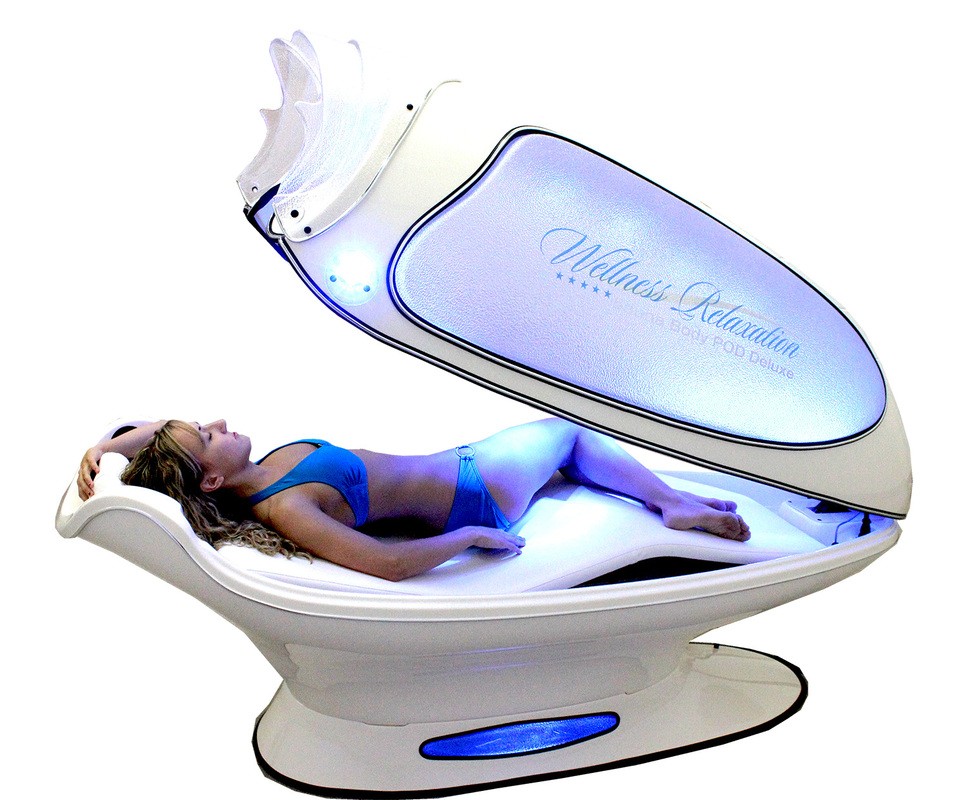
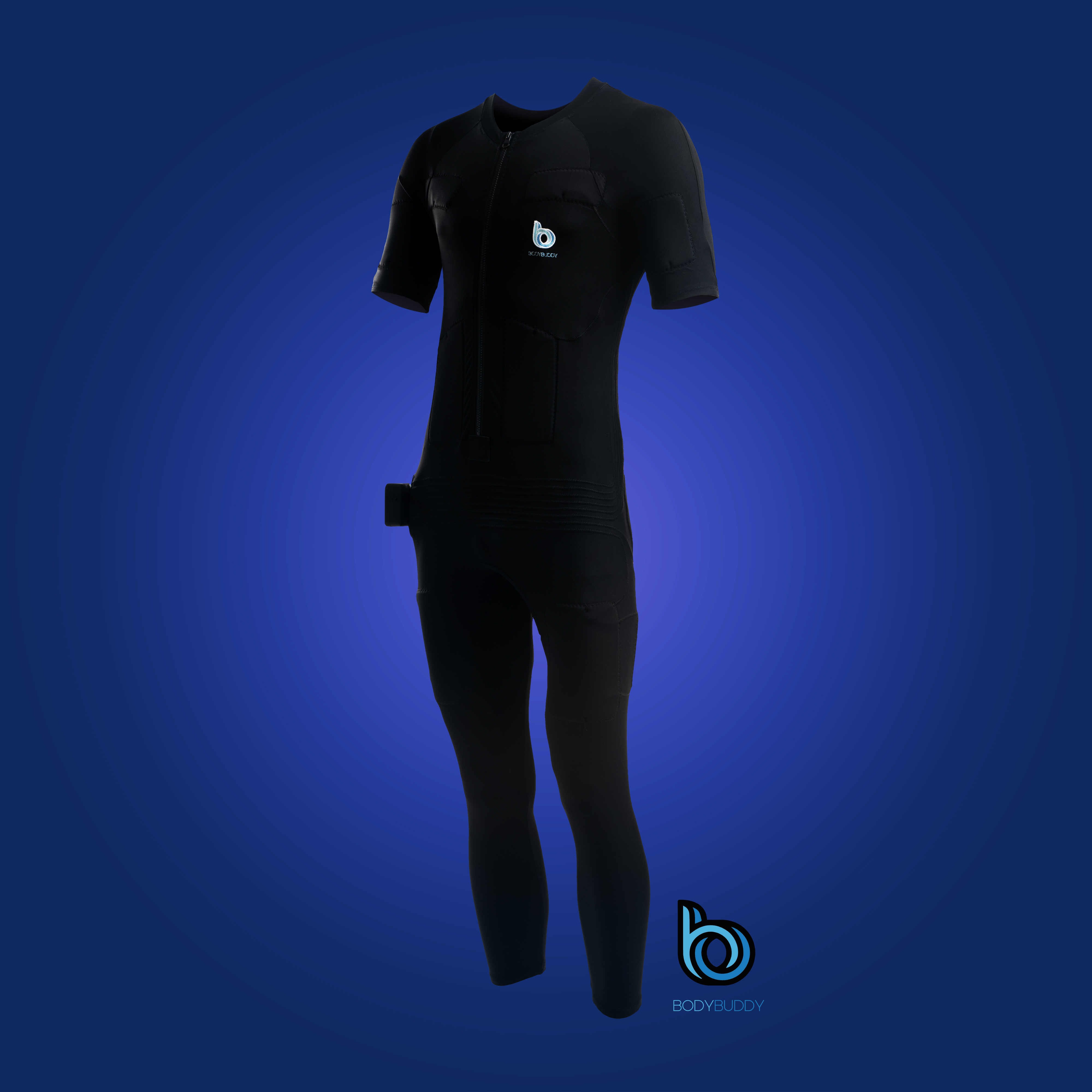
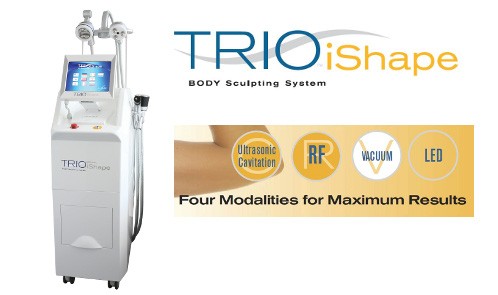
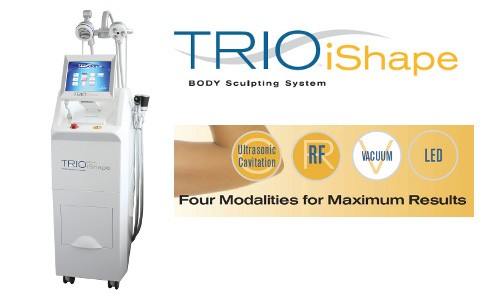
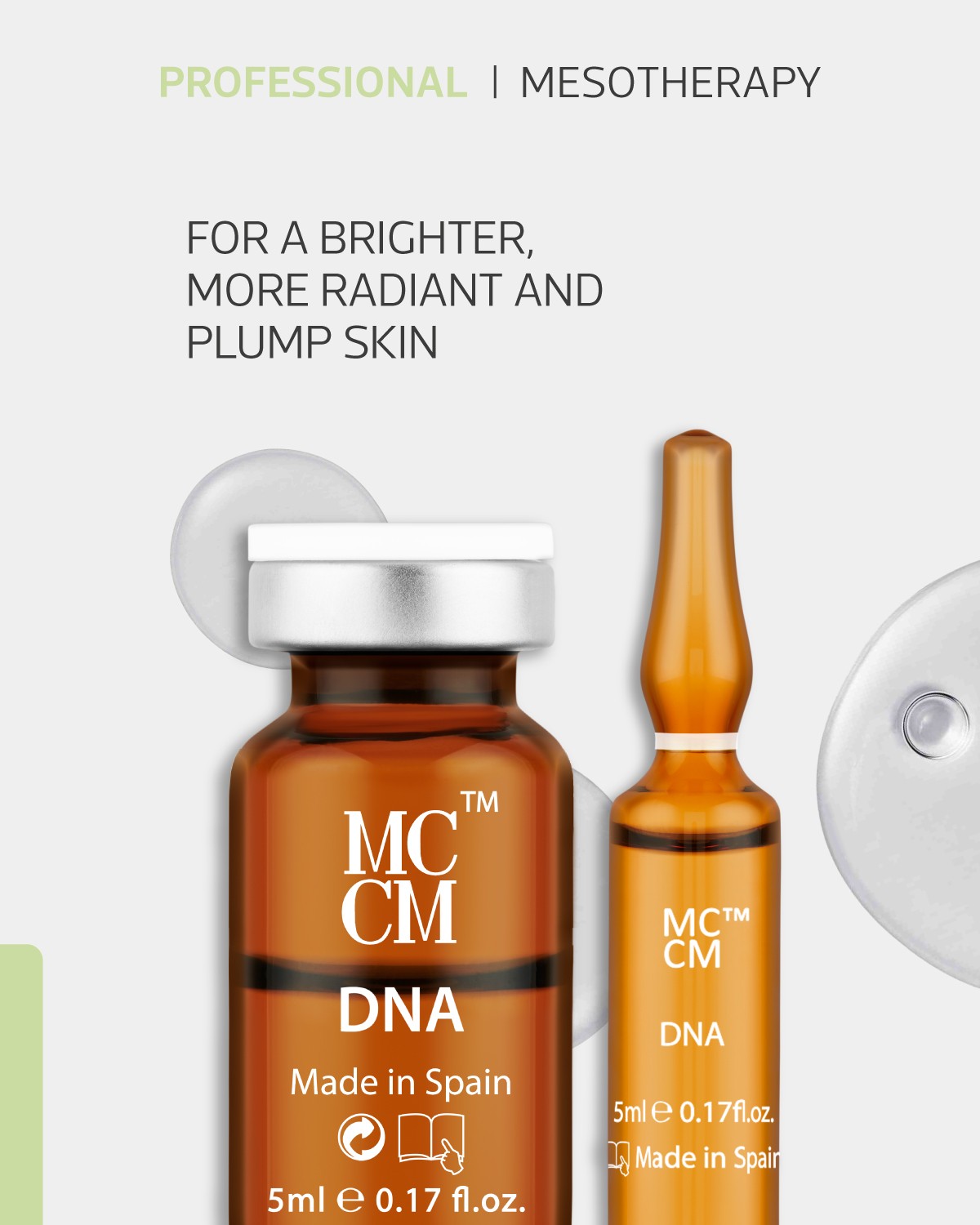
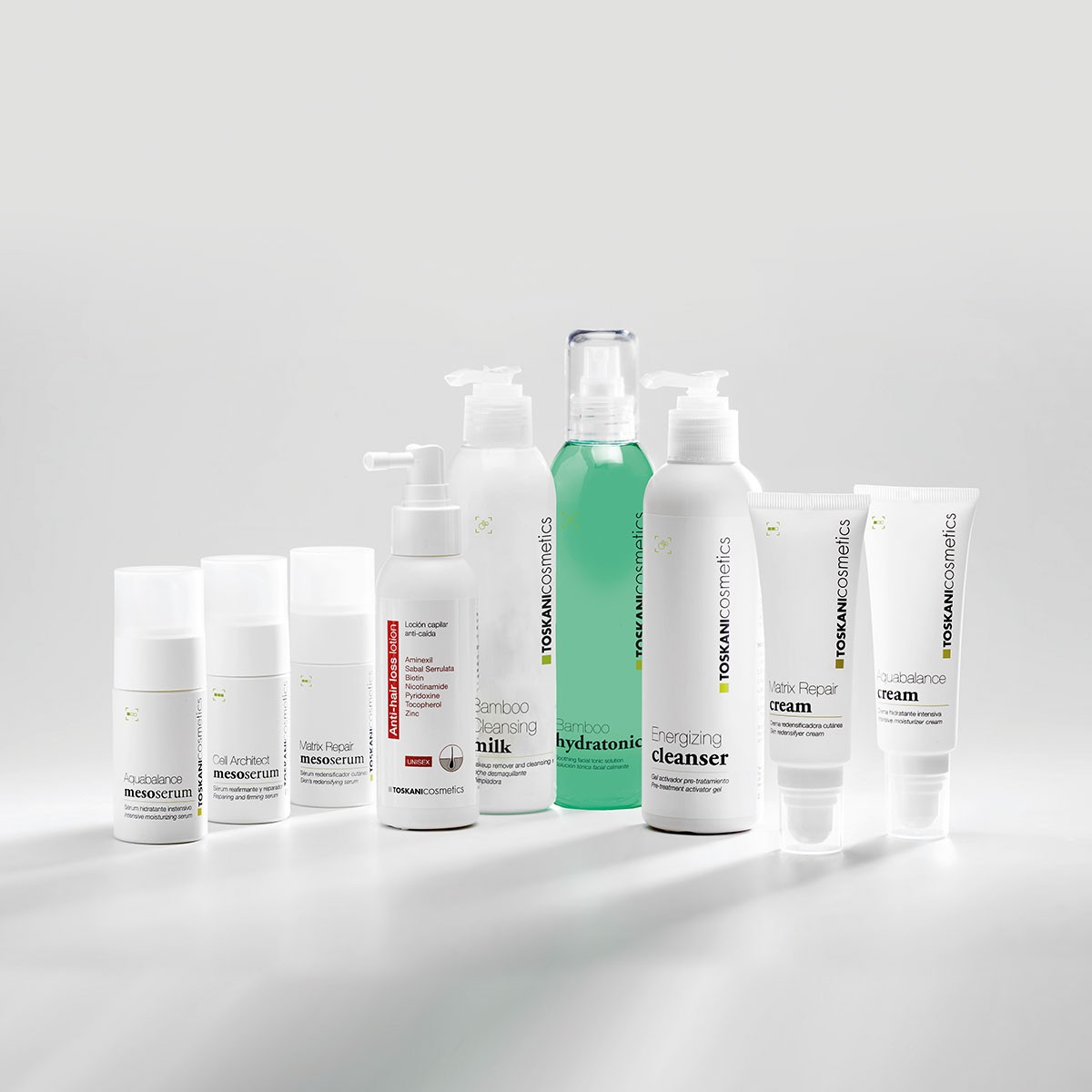
Comments
Leave your comment